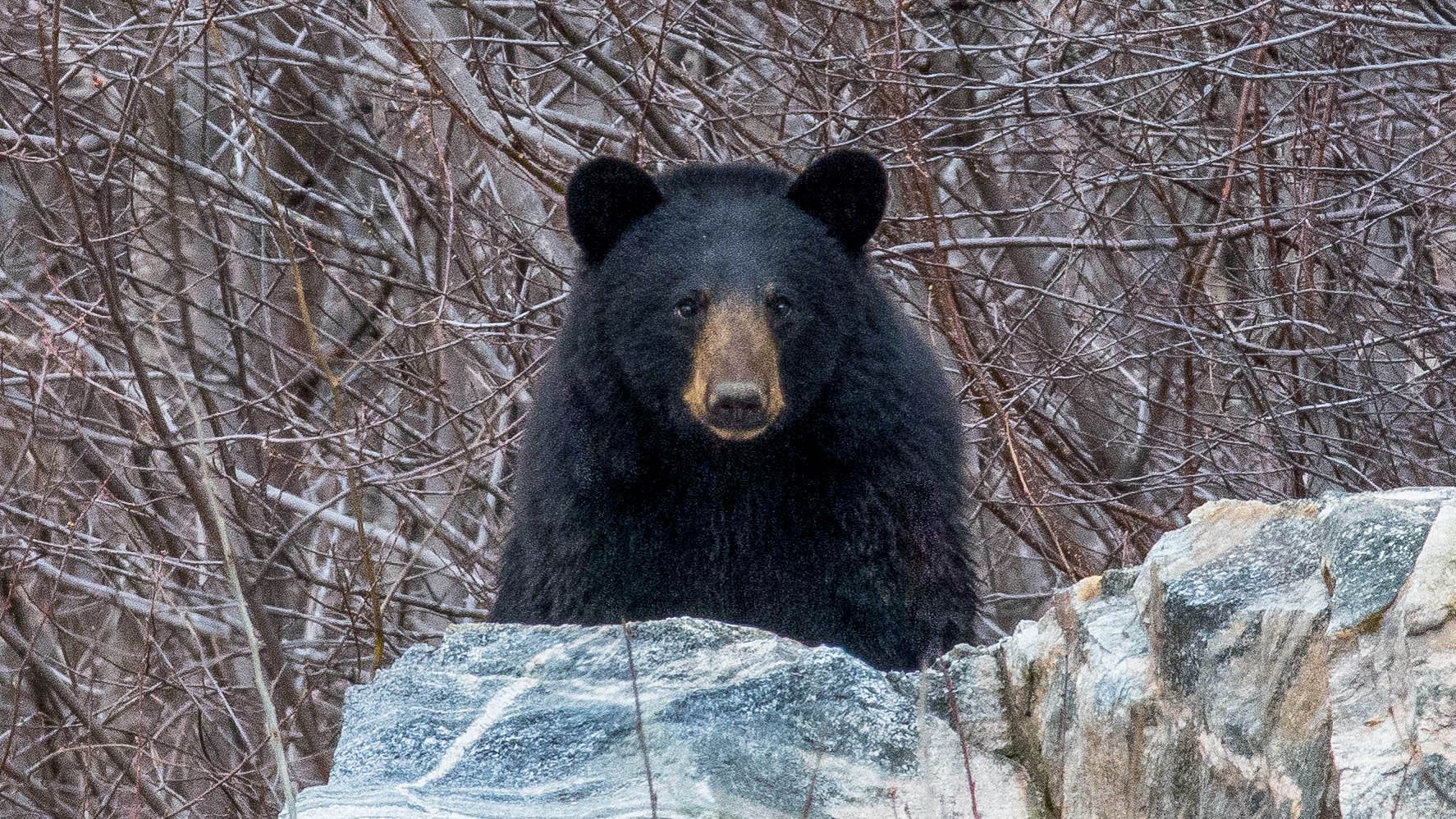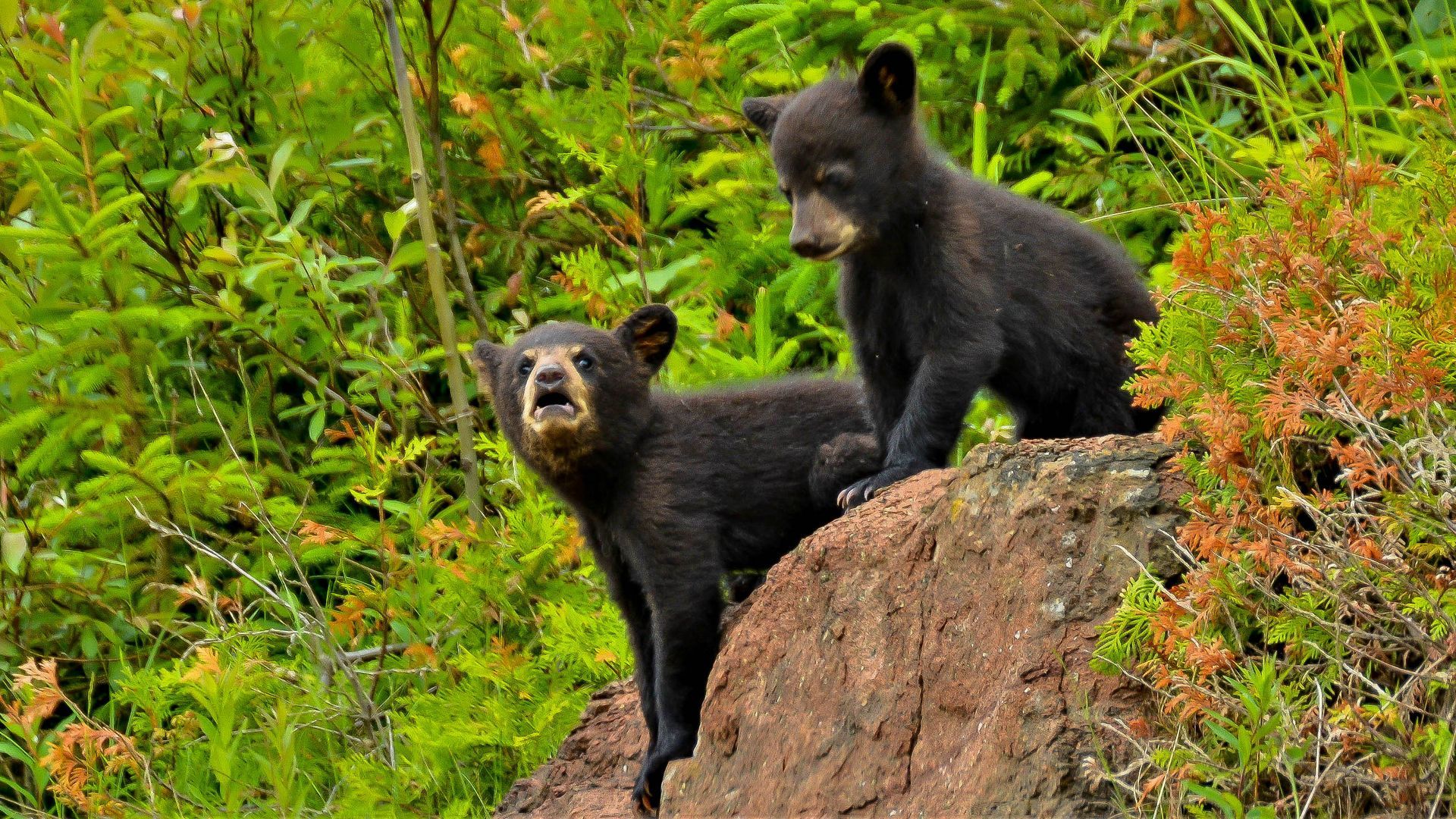Wildlife Research Project
Bearly Awake: Winter Adaptations of Torpid Bears
As buds start to bloom and the temperature climbs, many animals prepare for the warm and abundant months ahead. Some migrate home, returning from warmer climates, while others awaken from winter dormancy, increasing their activity levels and taking advantage of the longer days. Bears are one such animal that undergo a unique form of dormancy during the winter months - and with the arrival of spring’s warm weather, they have started to emerge from their state of slumber.

Bears are often associated with hibernation - a deep state of prolonged dormancy that many animals experience to survive the harsh winter months. However, while they do experience a similar state of dormancy, bears don’t actually hibernate in the traditional sense. Instead, they undergo a state of torpor, which compared to hibernation, is a less extreme form of dormancy where they can awaken quickly and respond to stimuli, such as changes in temperature or the presence of predators.
During torpor, a bear's body temperature drops, its breathing and heart rate slow down, and its metabolism slows to a crawl. And, get this, they can even recycle their own waste! Yup, you read that right. A torpid bear's body can break down its own urine and turn it into protein, which it then uses to maintain organ tissue and muscle mass throughout its dormancy.
Waste recycling isn't the only important adaptation torpid bears have - they also have a reproductive strategy known as
delayed implantation. Delayed implantation is a process where a fertilized egg remains in a female bear's uterus for several months before implanting and beginning to develop. This allows female bears to time the birth of their cubs so that they emerge when food is plentiful and the weather is milder, increasing chances of survival.

Despite these complex adaptations, it's not all sunshine and rainbows for the bears. As with many animals, the species is facing the threat of climate change, habitat loss and fragmentation.
Remember when we mentioned that torpid bears can respond to external stimuli? Just imagine what an increase in temperature would do to a sleepy dormant bear… after months of cold, they would wake up! With the ongoing climate change crisis, warmer and shorter winters put bears at risk of emerging before their sources of springtime food - berries, clover, catkins, dandelions and grasses - become available. This can lead to a depletion of fat reserves and a struggle to find food, which can ultimately lead to starvation.
Similarly, habitat fragmentation, or the fragmentation of large, continuous areas of forest into smaller, isolated patches, can also impact a bear's ability to prepare for and survive harsh winters. Fragmentation can limit the availability of suitable denning sites, forcing bears to seek out sub-optimal locations or to abandon torpor altogether. Further, habitat loss and fragmentation can also limit the availability of food resources, consequently impacting a bear's ability to build up the fat reserves necessary for its long winter nap.
Black bears - especially those of the dancing kind, frequently make appearances on our trail cameras
With all of this considered, to mitigate the impacts of climate change and habitat fragmentation on bears, it is crucial that we take action to protect and preserve their habitats. This includes protecting large, continuous areas of forest by donating to causes such as our Foster a Forest program, supporting research initiatives such as our Wildlife Research Project, as well as working to reduce carbon emissions and combat climate change!
As we learn more about the adaptations of bears, we deepen our understanding of the intricate web of life that surrounds us, and the critical role we must play in preserving it. As we look forward to the month of April, let us be grateful for the resilience and adaptability of these magnificent creatures, whose arrival serves as a reminder that spring has truly sprung.
This piece was developed as part of our Wildlife Research Project.
Our project is made possible thanks to a passionate group of volunteers and strong collaborative partners.
You can learn more about our partners here.
The Algoma Highlands Conservancy is a not-for-profit organization created to protect the beauty and ecological integrity of King Mountain and Robertson Cliffs. Our lands offer an extensive network of trails that are open year-round for non-motorized recreational use.
The Algoma Highlands Conservancy is a not-for-profit organization created to protect the beauty and ecological integrity of King Mountain and Robertson Cliffs. Our lands offer an extensive network of trails that are open year-round for non-motorized recreational use.
Algoma Highlands Conservancy
Algoma Highlands Conservancy



